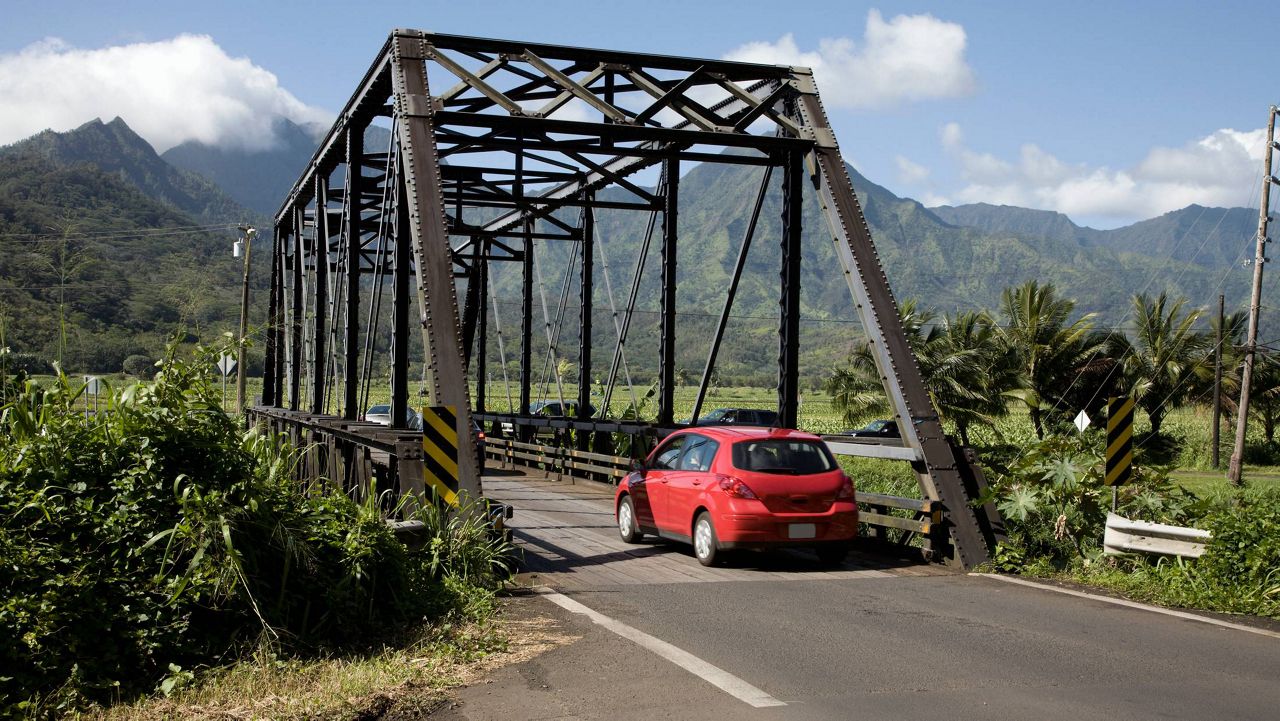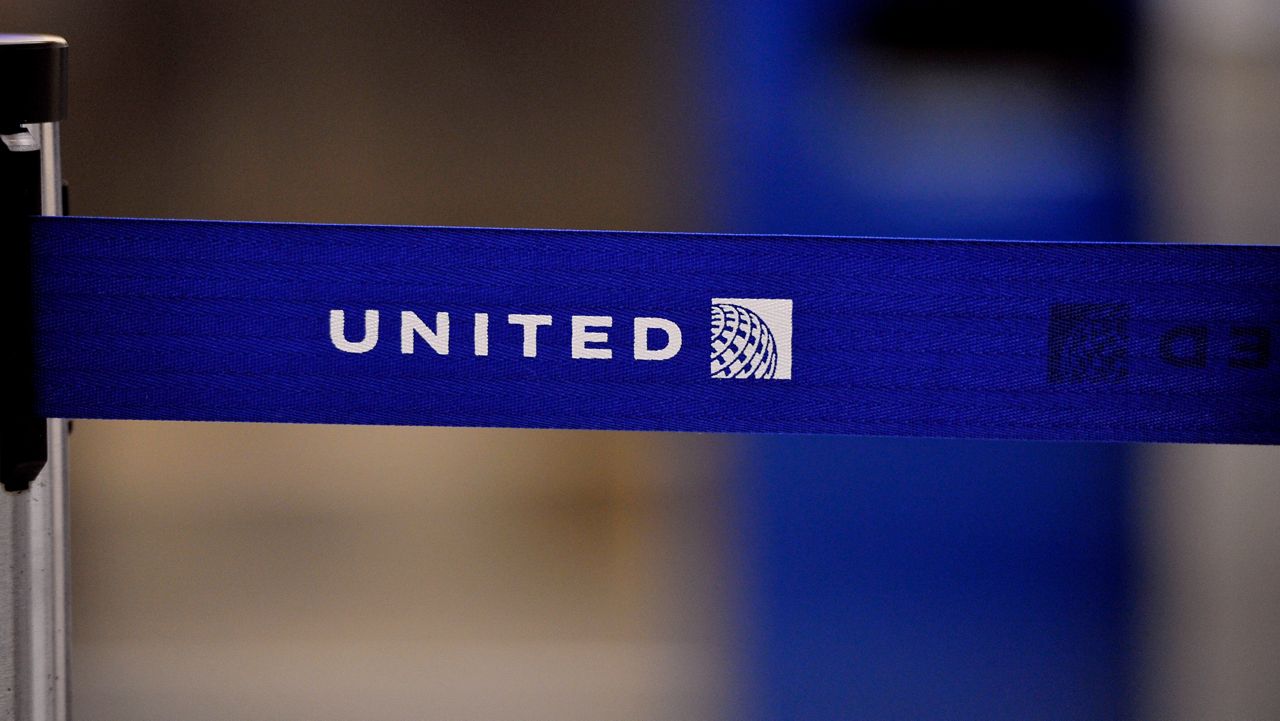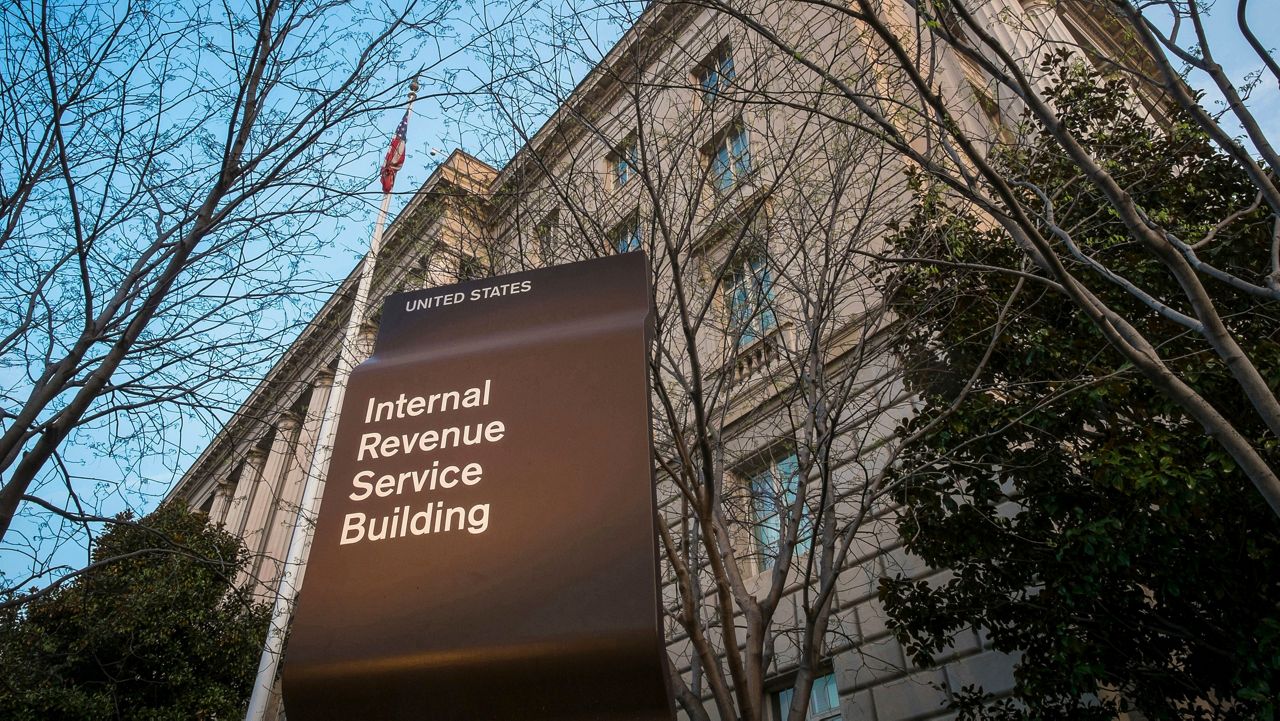HONOLULU — A new bill that would prohibit building underground fuel storage tanks within a half a mile of an aquifer unanimously passed its first committee hearing.
On Wednesday, the Hawaii State Senate Committee on Health and the Committee on Agriculture and the Environment met virtually to discuss Senate Bill 2172, the first bill related to underground storage tanks the Hawaii State Senate has considered since the U.S. Navy’s water system was contaminated with jet fuel following leaks at the Red Hill Storage Facility.
The bill would prohibit future underground fuel storage tanks within half a mile of an aquifer beginning July 1, 2022.
It would also prohibit operations and renewal of underground fuel storage tank permits located within half a mile from an aquifer beginning January 1, 2023. During the hearing, this date was amended from 2050 to the shorter timeline of 2023.
Notably, the bill defines underground fuel storage tanks as any fuel tank or tank facility that includes field-constructed tanks or that has a capacity of 100,000 gallons or more.
All the amendments that were introduced during the hearing were unanimously accepted by the committee members.
More than a dozen people spoke during the public testimony, including Erwin Kawata with the Board of Water Supply, and about 270 individuals and organizations submitted written testimony. Most supported the bill, while some offered comments or amendments.
This is only the first step in getting the bill passed. It will still need to pass other committee hearings, three readings in both the House and Senate chambers, a final agreement between the House and Senate on the bill’s wording, and be signed into law by the governor.








